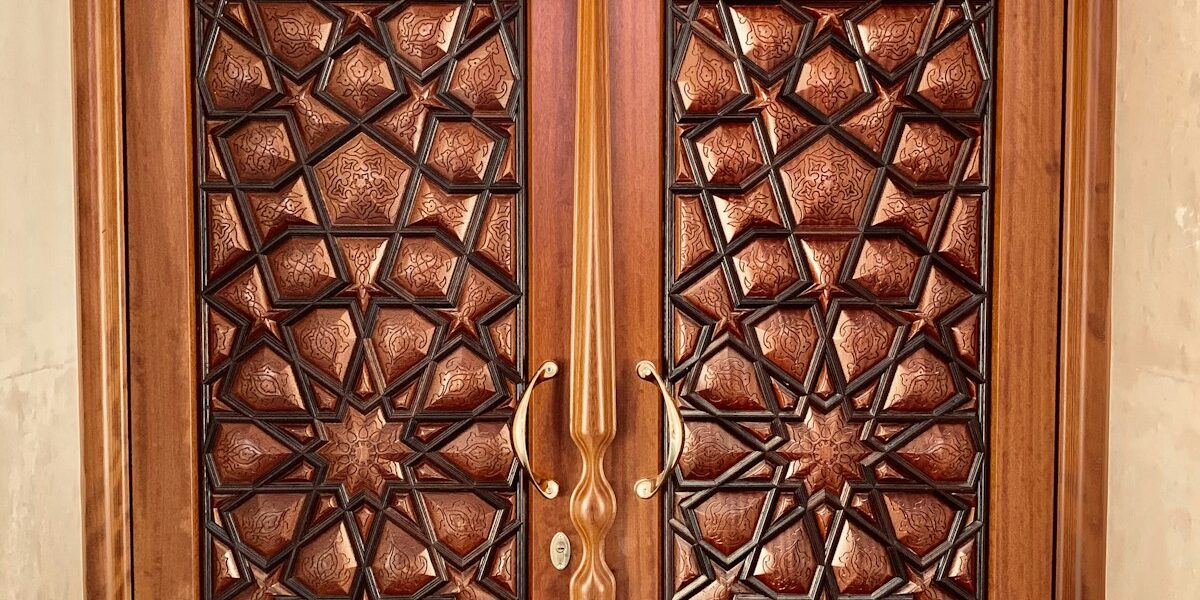When exploring the rich tapestry of American residential architecture, two styles often stand out for their distinctiveness and historical charm: Craftsman and Victorian. These architectural styles not only reflect the aesthetic preferences of their times but also offer insights into the social and technological advancements of their respective eras. Understanding the differences between Craftsman and Victorian houses can provide potential homeowners, architecture enthusiasts, and historians with deeper insights into their unique features, origins, and cultural significance.
**Historical Context and Origins**
**Victorian Houses:** The Victorian era, named after Queen Victoria, spanned her reign from 1837 to 1901. Victorian architecture emerged in the United Kingdom and rapidly spread across the Atlantic to the United States, flourishing until the early 20th century. This period was marked by industrial progress and a burgeoning middle class, factors that influenced the ornate and eclectic nature of Victorian homes. These buildings often reflected the prosperity and the elaborate social customs of the time.
**Craftsman Houses:** In contrast, Craftsman architecture originated in the United States in the early 20th century, around the 1900s. It was heavily influenced by the Arts and Crafts Movement, which reacted against the mass production of the industrial era and emphasized handcrafted artisanship. This movement celebrated the art of craftsmanship and simplicity, which was starkly different from the Victorian emphasis on ornateness and detail.
**Architectural Features**
**Victorian Houses:** Characterized by their complexity and ornamentation, Victorian homes often feature intricate trim, vibrant colors, steeply pitched roofs, and prominent, round or square towers. They typically include asymmetrical facades, textured wall surfaces, and a multiplicity of decorative details like patterned shingles, ornate gables, and bay windows. Common subtypes of Victorian architecture include the Queen Anne, Gothic Revival, and Second Empire styles, each with its distinctive features.
**Craftsman Houses:** Craftsman homes, on the other hand, emphasize horizontal lines and a connection with nature, which is reflected in their low-pitched gable roofs, overhanging eaves, exposed wood structural elements, and extensive use of natural materials like wood, stone, and brick. The interiors are designed to be functional and spacious, with built-in furniture, large fireplaces, and an abundance of natural light. The overall aesthetic is less about ornamentation and more about craftsmanship and inherent beauty.
**Cultural Significance and Appeal**
**Victorian Houses:** The appeal of Victorian homes lies in their grandeur and intricate detail, which can be seen as a physical manifestation of the social aspirations and achievements of the era. These homes are often considered romantic and whimsical, appealing to those who appreciate classical styles and historical narratives.
**Craftsman Houses:** Craftsman homes resonate with those who value simplicity, natural beauty, and a return to handcrafted authenticity. This style appeals to contemporary homeowners who prefer a more understated elegance and a closer relationship with their surrounding environment.
**Current Relevance and Popularity**
Both Victorian and Craftsman styles have experienced revivals in popularity, depending on cultural trends and housing needs. Victorian homes often attract those interested in restoration and preservation, offering a link to historical heritage and a canvas for personal expression through renovation. Craftsman homes, celebrated for their timeless appeal and sustainability, continue to influence modern home design, emphasizing quality and environmental harmony.
In conclusion, while both Victorian and Craftsman houses are cherished for their distinctive qualities and historical value, they cater to different aesthetic tastes and lifestyles. Understanding these differences is crucial for anyone interested in architecture, home design, or cultural history, offering a window into the past and inspiration for the future.




Leave a Reply